What is the Farvahar symbol?
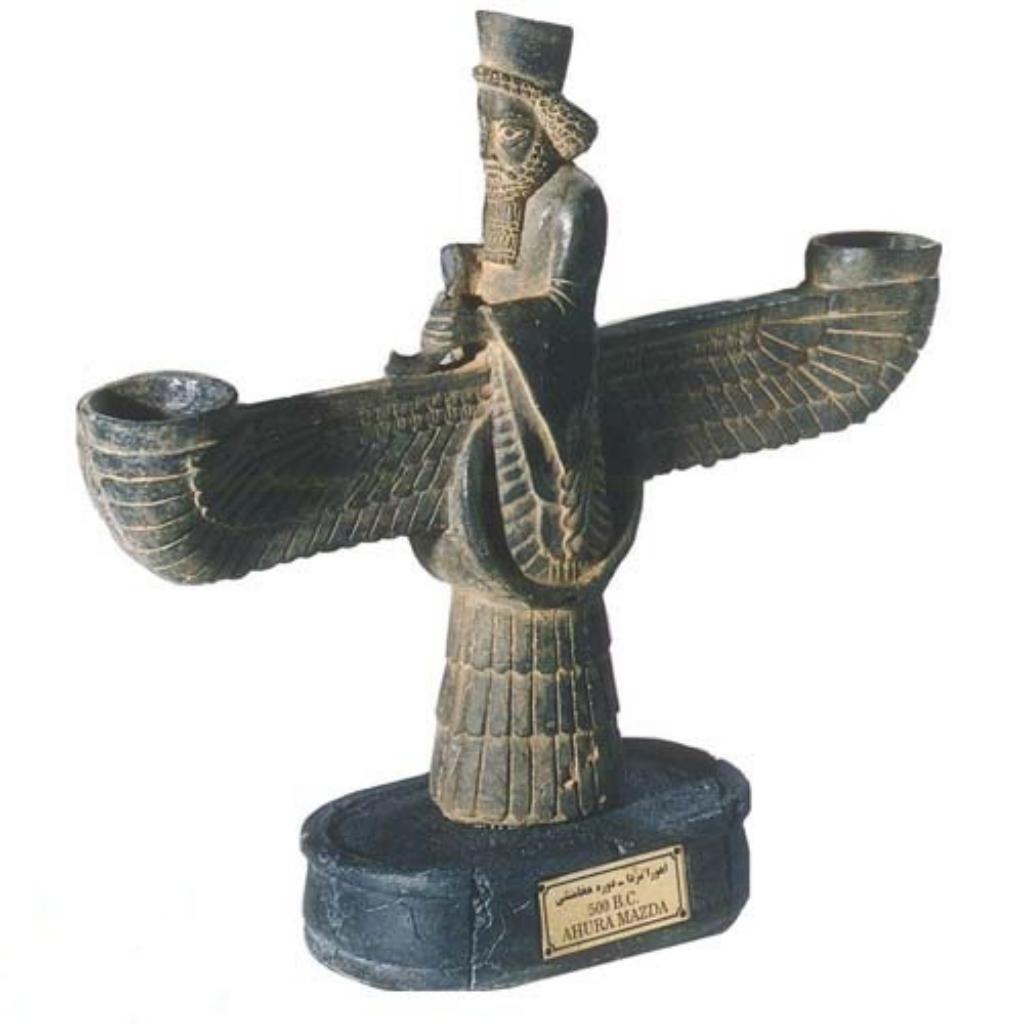
Farvahar symbol also known as the Far Kiani sign, is Iran’s public symbol and is allowed to be over 4,500 times old. Symbol of the winged body that was before Zoroaster in Iran and the Middle East, as well as the societies of Egypt, Sumer, and Assyria, and survived in Aryan culture after the establishment of the Achaemenid dynasty.
What does the Farvahar Symbol mean?
The Farvahar symbol serves as a human emblem of good thoughts, good words, and good deeds—core Zoroastrian values. While many scholars interpret it as a representation of Ahura Mazda, this remains contested, as Zoroastrian doctrine forbids depicting the divine (Ormazd). Pre-Zoroastrian origins of Fravashi complicate this debate, as Iranian tradition maintains it existed before the prophet’s time.
Archaeological evidence confirms the symbol’s antiquity, predating the Achaemenid era—though its widespread use flourished during this period. Depictions appear on iconic sites like Pasargadae, Naqsh-e Rostam, Persepolis, and the Palace of the Three Gates, etched into their monumental reliefs.
Farvahar symbol was the ancient Aryan name for what we now call “spirit,” which is an Arabic word. It is known as “Fravashi” in Avestan and “Ferorti” in ancient Persian, and it is the essence of existence that is eternal, eternal, and immortal. It is actually referred to as an Ahura ray that was given to humans.
The etymology of Fravashi, as analyzed by prominent British Iranologist Harold Walter Bailey, stems from the Iranian roots var- (meaning “cover” or “protection”) and fra- (meaning “repulsion”), fundamentally si
gnifying “protective heroism.”
Alternative scholarly interpretations break Fravashi into the components Farrah (“ahead”) and Vahr (“winning and killing”), typically translating the compound as “the advanc
ing essence of body and mind.” Notably, Vahr carries additional semantic weight as “belief” when paired with Vavar, allowing Fravashi to encompass three potent interpretations:
- “First belief”
- “I am first”
- “Dynamic power”
The Fravashi represents the essential nature of all beings and the fundamental force underlying existence. Every substance—solid, plant, or animal—derives from this divine essence (Farvahar), meaning nothing in the world exists without it.
This belief originated with the ancient Aryans, who held a unique view: humans possess an eternal, divine spirit beyond their physical form—unlike other contemporary cultures. After death, the soul separates from the body and endures eternally.
In Zoroastrianism, Farvahar is known as
The Farvahar symbol predates Zoroaster and isn’t mentioned in Zarathustra’s teachings, yet it became one of Zoroastrianism’s most distinctive concepts. Zoroastrians believe this spiritual force existed before creation itself and endures eternally in the celestial realm after death.
Each period of the world is estimated to be 12,000 years old according to Zoroastrianism (in four parts of 3,000 years). Only Fravashis were present in the spiritual world during the first 3000 years when it was free of corporeal form. According to Zoroastrian cosmogony, the Fravashis – under Ahura Mazda’s divine will – manifested physical forms and structured the material world during the second cosmic epoch (the second 3,000-year period). This sacred process brought forth both humanity and the material universe as we know it.
Throughout history, the symbol of Farvahar has been
The Farvahar symbol has a long history as a “winged figure” in Middle Eastern cultures, including Egypt, Sumer, and Assyria, before becomi
ng an Iranian national emblem. The Achaemenid dynasty also adopted winged figures, which had reached ancient Egypt by the second millennium BC. Some even argue that the name Fravashi has been used as a sign since the 19th century, even though there is no evidence that Farvahar Collection was a Zoroastrian name.
In the culture of the Middle East and the civilizations listed, Fravashi is an adaption of th
e body sign or the winged sun. The winged emblem served theological, royal, and political purposes across Egypt, Mesopotamia, Anatolia, and Iran. This connection established the Fravashi as a symbol of Iranian kingship.
Explicitly mentions the five components for immediate relevance
According to historical records, the ancestors of Iran knew the nature of human beings with five components: Ahu, Dina, Biozeh, Arun, and Fravashi, according to Avesta and Pahlavi mythology (body, soul, psyche, conscience, and spirit). They believed that the boiling and effort of these components caused man’s growth and maturity.
The term “body” refers to the organs of the human body that are no longer alive and die after death. In Zoroastrian cosmology, the “soul” (urvan) represents the vital life force that animates the body, ceasing at death. In contrast, the “psyche” (daena) constitutes the moral and intellectual essence of a person – the foundation of thoughts, speech, and actions that actively chooses between righteousness (asha) and falsehood (druj). “Conscience” is man’s inner voice and restriction from harmful deeds, and its presence causes remorse and remorse for terrible deeds. As previously stated, the ” Farvahar symbol ” refers to the human soul that survives death.
The winged body (winged sun) likely originated in Middle Eastern cultures, such as Egypt, Syria, and Assyria. The Farvahar symbol is an adaptation of this original design. Over time, it became Iran’s national symbol. The oldest winged images and mythological winged creatures trace back to Mesopotamia and Iran. These symbols later intertwined with the Egyptian emblem in ancient Assyria, according to historical texts.
In Assyrian art, this emblem represents divine protection for kings and people. It appears in two forms: one with a human body and one without. The symbol with no human body is known as the sun symbol, while the symbol with a human body is known as the symbol of Assyria, the Assyrian god. Many beads and Persian handicrafts feature the Assyrian symbol.






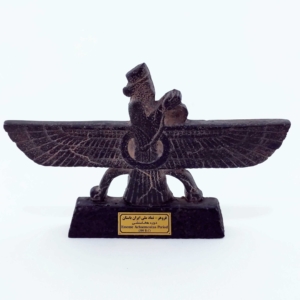
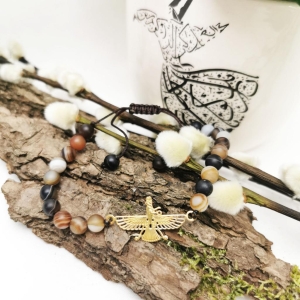
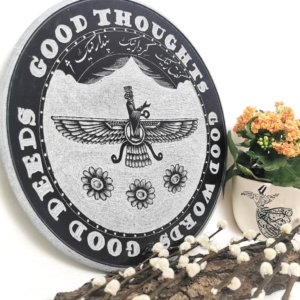

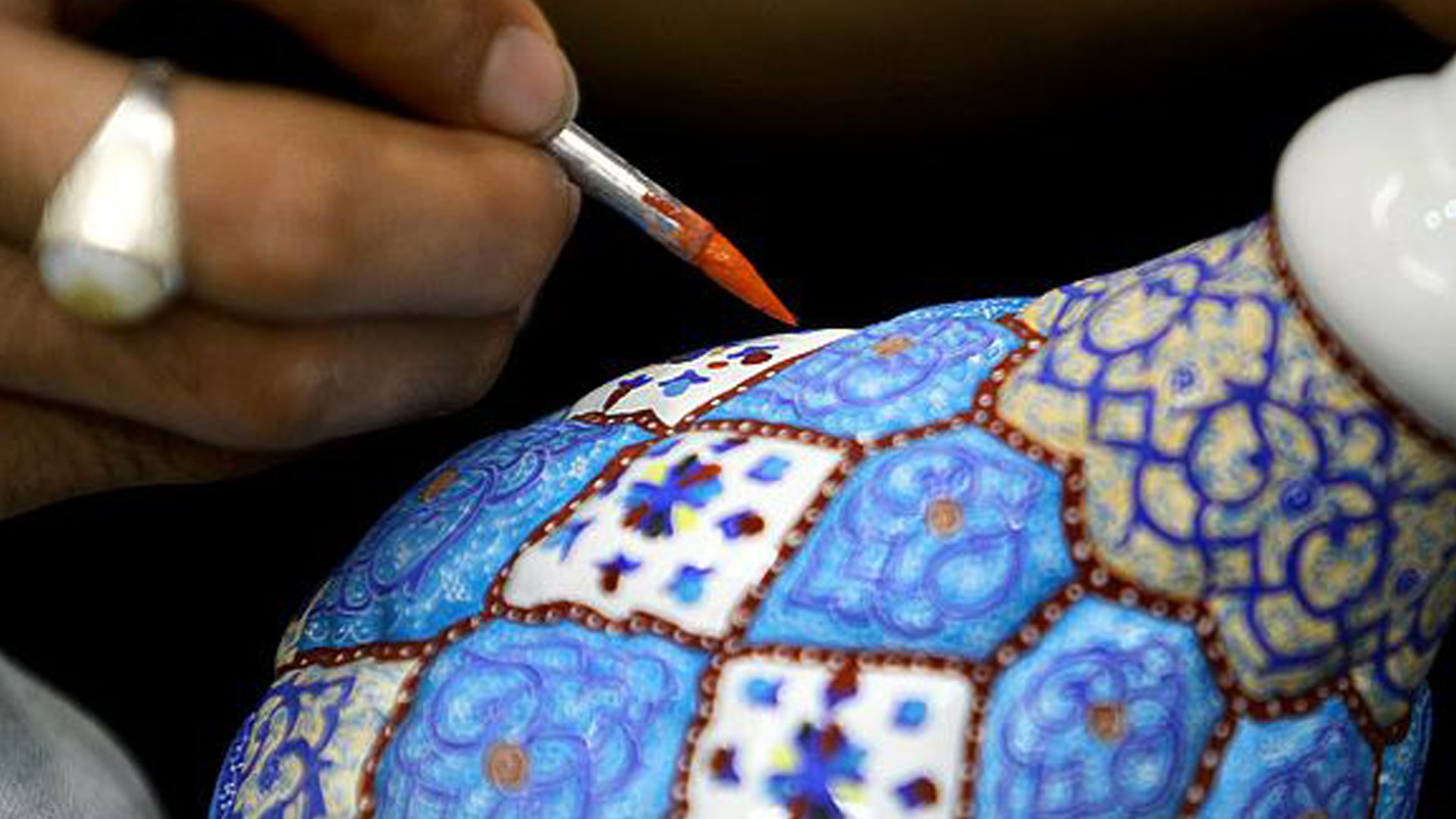
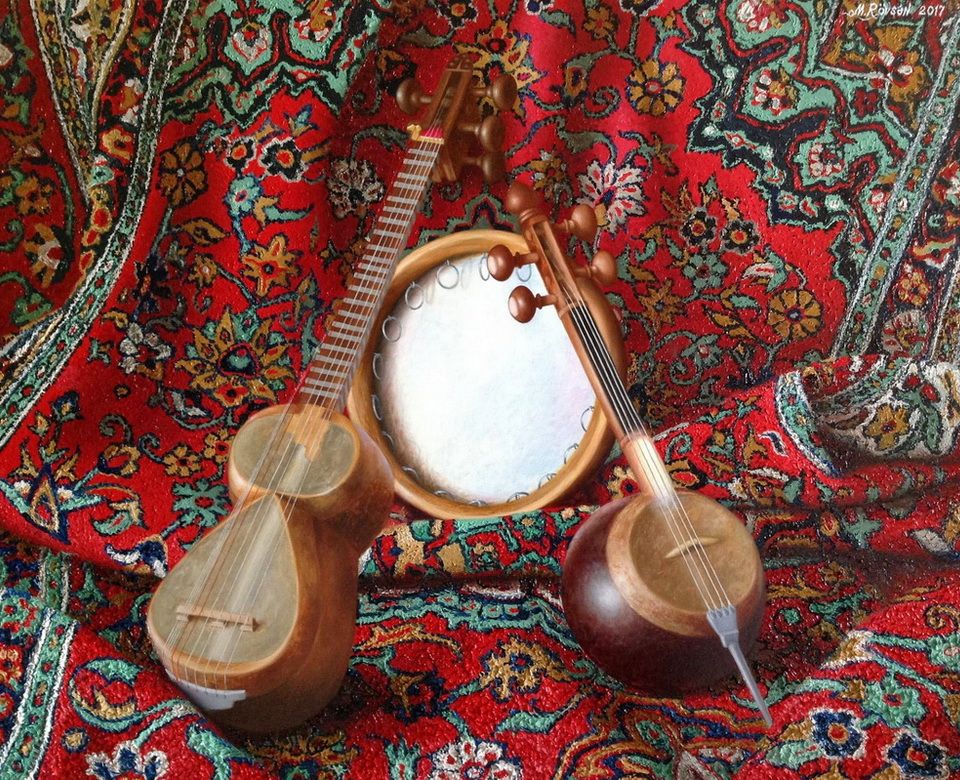
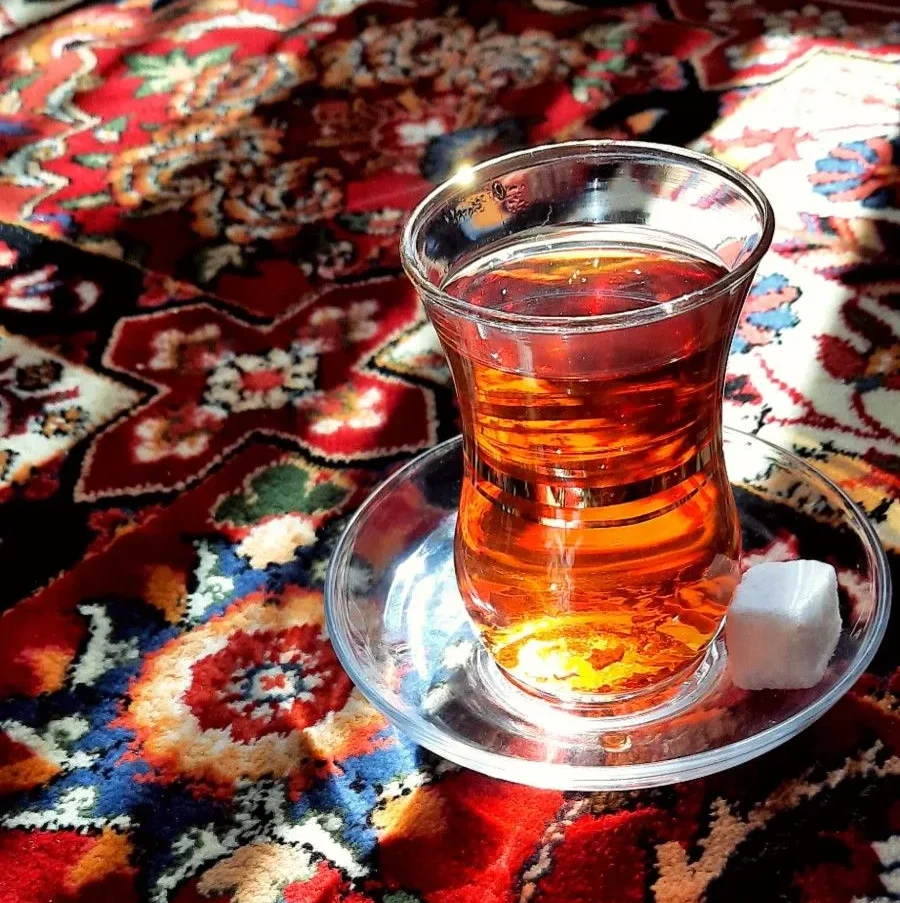
Comments